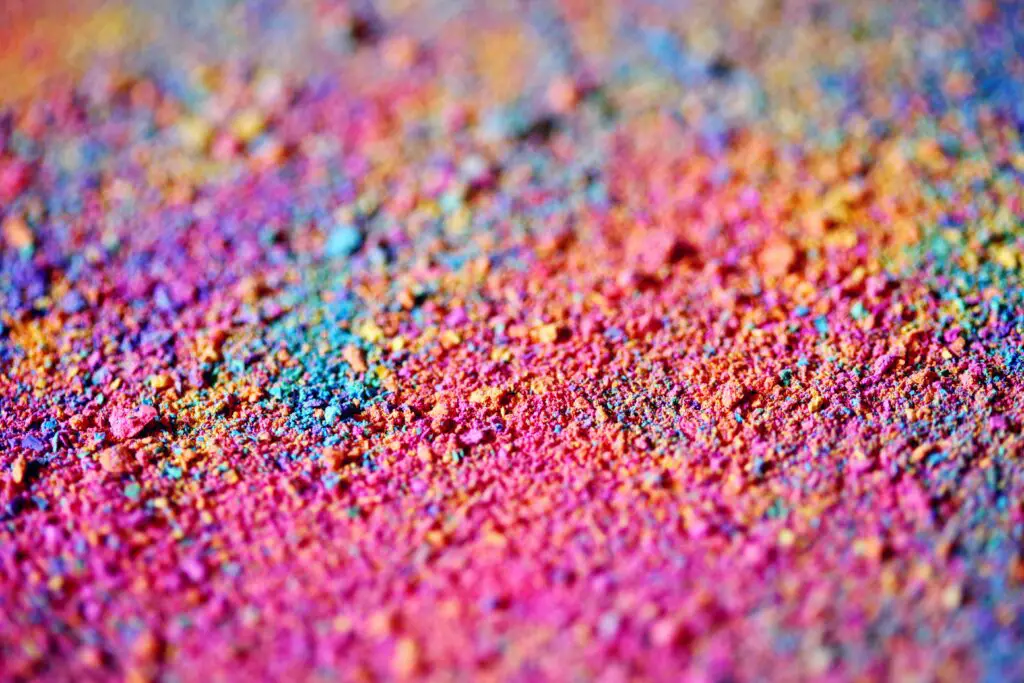The concept of god colors varies greatly depending on cultural and religious beliefs. In many cultures, colors are associated with specific deities, and the meaning of each color can change depending on the context in which it is used. Here are some examples of god colors in different religious and cultural contexts:

- Hinduism: In Hinduism, the colors associated with deities can vary depending on the tradition or region. However, some common associations include:
- Red: associated with the goddess Durga and the goddess Kali, representing power and passion.
- Yellow: associated with the god Vishnu, representing knowledge and learning.
- Green: associated with the god Krishna, representing growth and prosperity.
- Blue: associated with the god Vishnu, representing infinity and transcendence.
- White: associated with the god Shiva, representing purity and enlightenment.
- Buddhism: In Buddhism, different colors are used to represent different aspects of the Buddha and his teachings. Some common associations include:
- Red: representing the lotus flower, which symbolizes enlightenment.
- Yellow: representing the robes worn by Buddhist monks, and symbolizing wisdom and knowledge.
- Blue: representing the sky, and symbolizing vastness and openness.
- Green: representing the natural world, and symbolizing growth and vitality.
- Christianity: In Christianity, colors are often used in liturgical contexts to represent different aspects of the faith. Some common associations include:
- White: representing purity and holiness, and often used during Easter and Christmas.
- Red: representing the blood of Christ, and often used during Pentecost and other feast days.
- Purple: representing penance and preparation, and often used during Lent.
- Green: representing growth and renewal, and often used during Ordinary Time.
- Native American spirituality: In Native American traditions, different colors are often associated with different aspects of nature and the spiritual world. Some common associations include:
- Red: representing the sun and the life-giving energy it provides.
- Blue: representing the sky and the spirit world.
- Green: representing plants and growth, and often used in healing rituals.
- Yellow: representing the east and the element of air, and often used in prayer and meditation.
- Black: representing the west and the element of earth, and often used in mourning rituals.
- Ancient Egyptian religion: In ancient Egyptian religion, different colors were associated with different gods and goddesses, as well as different aspects of life and the afterlife. Some common associations include:
- Red: associated with the god Seth, representing chaos and destruction.
- Blue: associated with the goddess Isis, representing fertility and motherhood.
- Yellow: associated with the god Ra, representing the sun and the afterlife.
- Green: associated with the goddess Hathor, representing love and beauty.
- Black: associated with the god Anubis, representing death and the underworld.
Overall, the concept of god colors is a complex and varied one, reflecting the diversity of cultural and religious traditions around the world. While there are some common associations between certain colors and deities or aspects of the divine, these associations can be highly context-specific and may vary widely depending on the tradition or culture in question.
What Are The God Colors?